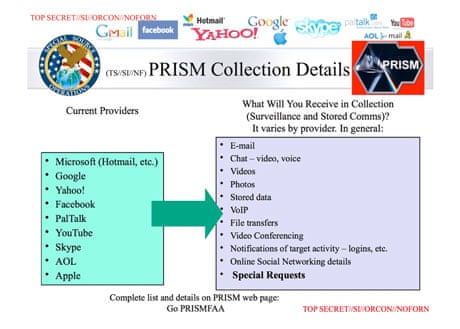An example of this style of political analysis can be seen in his song “Leningrad” which details his experience meeting a street performer (clown) in St. Petersburg. Billy Joel compares the life of Victor the clown to his own life. The song begins,
“Victor was bornThis opening line is a reference to Victor losing his father in WWII. Military plays a huge role in Russian culture and many Russians claim that all Russians can name at least one family member who has been involved in the military in some way. This is because military service is mandatory for all Russian men with some exceptions. The song then continues to talk about Victor’s life and some of the repercussions the post-war economy had on the daily lives of the people of Russia. He sings,
The spring of '44
And never saw
His father anymore”
“The Russian life was very sadBilly Joel then transitions to discussing his experience in the Cold War Era on the other side of the world. He sings,
And such was life in Leningrad”
“I was born in '49This is perhaps the most direct opinion we hear from Billy Joel regarding his views on the Cold War. He seems to be criticizing the Cold War as an unnecessary conflict given the fact that WWII was over. His analysis gives insight into what the American experience was like during the Cold War with air raid drills.
A cold war kid in the McCarthy times
…
Cold war kids were hard to kill
Under their desks in an air raid drill
Haven't they heard we won the war
What do they keep on fighting for?”
Billy Joel then continues to sing,
“The children lived in LevittownLevittown was the blue-collar town Billy Joel grew up in. This lyric describes the atmosphere of fear created by the Cold War. This atmosphere continues as he addresses the Cuban Missile Crisis, singing,
Hid in the shelters underground”
“Til the soviets turned their ships aroundBilly Joel then expresses his emotion that the Cold War has deprived the American children of the innocence of childhood. For many of Billy Joel’s peers, the realities of adulthood came too early when they were drafted into the Vietnam War.*
Torn the Cuban missiles down”
Joel sings,
“We knew our childhood days were doneOverall, the song seems to be criticizing the Cold War as being unnecessary and disrupting world peace. Never once does Joel directly condemn either America or the Soviet Union. Instead, Billy Joel approaches the issue with empathy, reflecting on the similarities between him and his friend Victor the clown. Even though they were on opposite sides of the war, both were suffering as a result of the conflict. He seems to be asking the question, If both sides are suffering, is anyone really winning? And if nobody is winning, what’s the point of the war?
I watched my friends go off to war
What do they keep on fighting for?”
And so it seems Billy Joel is not criticizing either side, but criticizing the lack of unity and empathy in the world, especially after the loss endured by all from WWII.
The song seems to close appropriately with the lyrics,
“So my child and I came to this place
To meet him , eye to eye and face to face
He made my daughter laugh
Then we embraced
We never knew what friends we had
Until we came to Leningrad.”
*Further opinions on the Vietnam War can be seen in the song “Goodnight Saigon” in which Billy Joel reflects on the very personal losses he faced as a result of the Vietnam War by referencing specific friends who lost their lives in the war.
Sources:
Joel, Billy "Leningrad"




